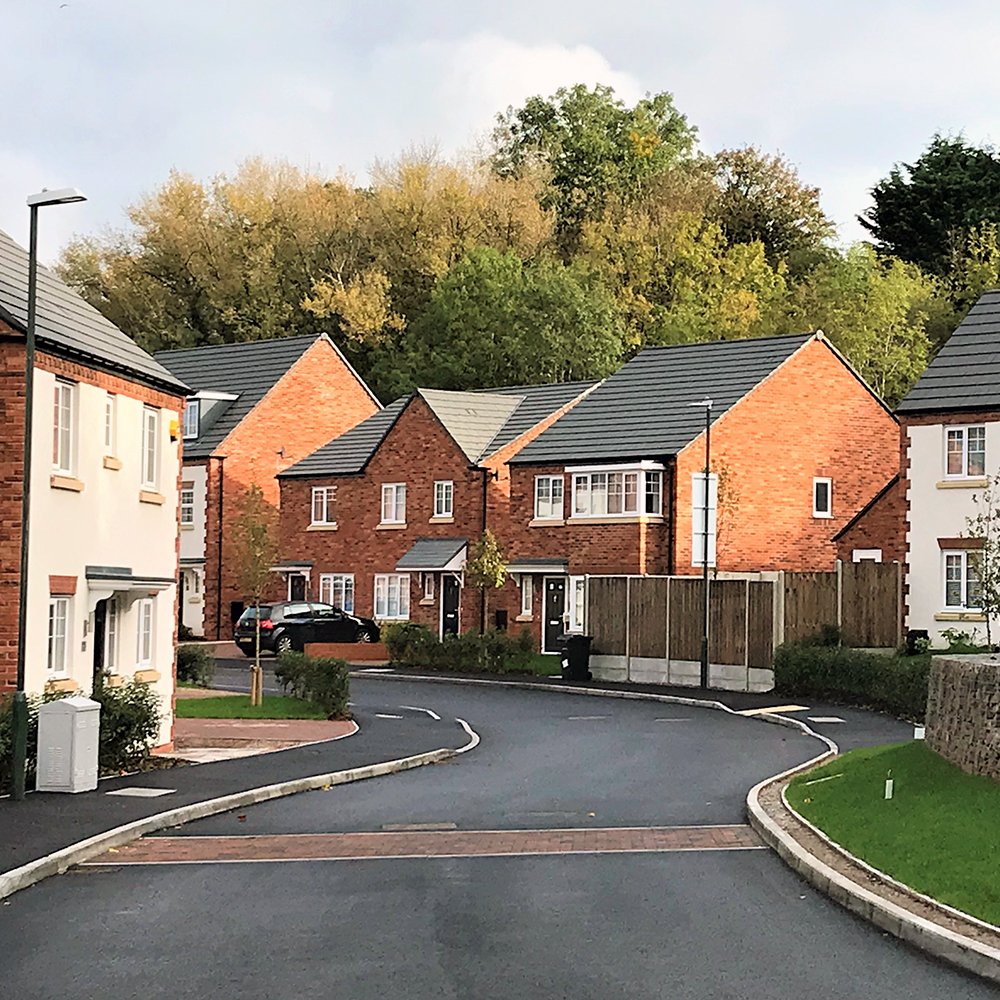Will Scarlett: BTR moves to the ‘burbs
Will Scarlett from Scarlett Land and Development on the rise of Build to Rent (BTR) and its suburban expansion.

Will Scarlett
It is no secret that we are in a housing crisis. Planners and politicians alike are increasingly interested in innovative solutions to provide affordable accommodation that offers quality housing for multiple demographics. Housing which is Built-to-Rent (BTR), not sale, is providing an attractive asset for investment.
According to CBRE data, investment in UK BTR totalled £3.5bn in 2020 and is predicted to rise to £7bn a year by 2025. Build to Rent, Purpose Built Student Accommodation and Co-living are merging into a single umbrella – which might be termed PBRA (Purpose Built Residential Accommodation).
Now, Single Family Rental (SFR) and or Suburban Built to Rent (SBtR) can be added to that growing umbrella.
In a COVID-19 world, tenants are being attracted by more space (home working), flexibility, less need to commute, lower rental levels and higher amenity levels. Some tenants are also being pushed by economic uncertainty, affordability constraints in homeownership, and mortgage availability.
SFR and SBtR is spreading rapidly from city apartment to suburban houses as institutional investors react to demand (particularly amongst the over 35’s) for rental houses out with the city centre.
According to a recent study by Savills, there are c.5,000 operational rental homes on suburban schemes across the UK (around 10% of total operational BTR). There are a further 8,600 homes that are under construction or in planning.
In Scotland, Sigma announced their Scottish PRS Fund in 2019 and has since signed a collaboration agreement with Springfield to acquire and develop houses for private rent. These will most likely be located at Springfield’s ‘village’ schemes in Dundee, Edinburgh, Perth, Stirling, and Inverness.
More recently, Newbridge Residential Limited is seeking forward funding offers for 242 private Build-to-Rent homes as part of a wider development at Newbridge Edinburgh. Finally, via agents Scarlett and Savills, Alba Developments are working on the potential for some private rental homes at their Edmonstone site; this scheme will deliver 860 homers next to Edinburgh Bio quarter and Edinburgh Royal Infirmary.

Image credit: Hearthstone
Richard Otten, director of Hearthstone, highlights the appeal to tenants: “Many tenants are driven by lifestyle choice not just because of an inability to buy, but because they are changing jobs, moving areas, or changing partners.”
Whilst the likes of Sigma Capital, Hearthstone and Grainger have been pioneering this space for several years, others are following including L&G, Moorfield, Goldman Sachs, and Packaged Living (backed by Fiera Real Estate).
Jonathan Ivory, MD Single-Family Housing at Packaged Living, summarises the investment appeal: “Investors are now recognising the benefits of Single-Family Rental (SFR), namely the same stable income returns found in multifamily, but with lower operating costs as a result of longer leases (i.e., less churn), minimal common area maintenance and the absence of expensive amenity spaces.”
In November 2020, L&G announced the expansion of its BTR offer to the traditional single-family suburban home market, with the target of 1,000 homes each year from 2024. In January 2021, Goldman Sachs also acquired a £150m single-family housing portfolio from Gatehouse Bank (developed in a JV with Sigma).
Meanwhile, Institutional investors are being pulled by tenant demand, asset diversity, lower turnover, fewer operating costs, greater flexibility of break-up options and broader demographic appeal (two-thirds of households in England and Wales live in suburban areas).
What is clear is that the challenges of COVID-19 are fleshing out an emerging trend in recent years. People desire not just quality accommodation but also a work/live-in environment that fosters a community. This trend is likely only to increase as we leave the pandemic behind.





















